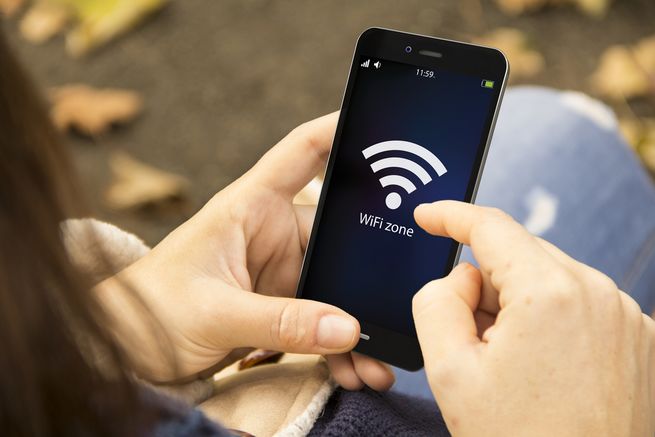
 Clogged Wifi? Time for a change.
Clogged Wifi? Time for a change.
I recently went through a complete overhaul of out internet options. We were having some throughput problems, but mainly our philosophy is to always stay state-of-the-art to bleeding edge when it comes to technology. So given the forthcoming Apple announcement, it was time for a wholesale change.
We currently have five connections to the internet including a new RF Mogul dish and awaiting our 6th direct to satellite KU band receiver capable of cable bandwidth speeds direct from satellite. We are on the beta list for both SpaceX and OneWeb. Still, we have seen speed restrictions that look like throttling, but was not.
So, why was our throughput restricted? I decided to find our why and it was a real surprise.
When you begin to research anything related to RV wifi issues you are confronted with a bunch of stupid comments made by people that know absolutely nothing about wireless communications. They are full of opinion delivered with an absoluteness that would seem to be impenetrable logic. So, I decided to dig into the problem chatting on wireless engineering forums and the problem became clear instantly after only a few reads.
It is the 2.4Ghz band which is especially problematic in RV communities. To cut to it, people often speculate that bandwidth issue are between wifi access point and the internet provider. “The cable isn’t the problem,” but a clogged 2.4Ghz wifi band is the cause.
So, here is the analogy. Think of being out on Interstate 90 in Montana and not seeing another vehicle for miles. You have good speed and no interference. Now move to LA on the 405 at 4pm on a Friday. The 405 is eight lanes wide unlike the two on I90. Still, you are pulled down to a crawl by all the cars. The pipe is bigger, but all the cars slow everything down. Now imagine that the cars are 2.4Ghz modems and the few 5Ghz modems are like motorcycles riding in between the lines on the 405. Now also think of the 5Ghz modem as the HOV lanes. Much clearer, but subject to blockage when a slow vehicle holds up those single-lane expressways.
Yes, it is exactly the same analogy for the wifi’s in use by packs of RVers. Most RV’s are packed in like sardines in these campgrounds all vying for bandwidth and it is their own wifi modems causing the problems. Worse, most of these road barons are fiberglass and aluminum. No shielding and more congestion. Our construction is steal with plate clad. We are, in essence, a Faraday gage, but we still had to take into account all the interference from the outside. The best way was to split the wifi duties to receiving and sending on new 5Ghz wifi modems. When I am in our place in Oregon or Florida and I light up my wifi as WAN router, I can literally see 30+ wifi routers on the 2.4Ghz band and almost no 5Ghz modems broadcasting. Therein lies the problem.
I have two wifi routers. One is exclusively used as a wifi WAN (which I rarely use) and the other as my access point for onboard technology that is hardwired to a BR1 via Cat6 Ethernet. My main WAM router is a Pepwave BR1 and the internal wifi router is an Arris Surfboard 1750 Mbps. To put it in clear perspective, when I did a speed test, the 2.4Ghz band allowed ~20 Mbps download speed and the 5Ghz ran at about 60Mbps or three times faster.
The morale is that being part of the pack is not always the best place to be when it comes to technology. …and there are no bigger pack animals then the ever present retired RVers.
So here are some tips from the Popular Science Article:
Optimize your internet connection.
No one likes slow Wi-Fi—it’s right up there with creaking doors and leaking taps as one of the most frustrating household problems. To boost your upload and download speeds back up to where they should be, try making these tweaks to your router and other devices.
We’ve already covered some of the hardware upgrades you can invest in to remove dead spots and get better home Wi-Fi. So in this guide, we’ll focus on software fixes and changes you can make to your existing gear. If those tweaks don’t work, switching to a mesh network system or investing in a repeater can also improve your Wi-Fi speed.
Upgrade your router software
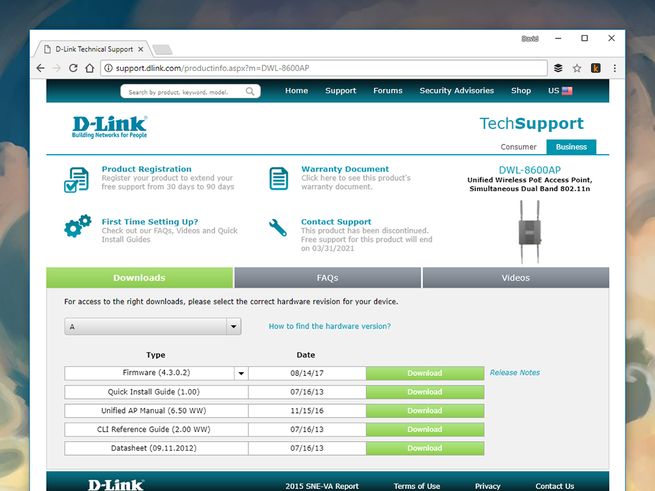 Just like your laptop and cell phone, routers run their own software, in this case called firmware because it’s so tightly tied to the hardware—the manufacturer preinstalls and configures it before shipping the device. Companies don’t often issue updates for their routers’ firmware, but many do make new versions of their software available for download. These updates fix bugs and may also include performance upgrades, as well as extra support for newer devices on the market.
Just like your laptop and cell phone, routers run their own software, in this case called firmware because it’s so tightly tied to the hardware—the manufacturer preinstalls and configures it before shipping the device. Companies don’t often issue updates for their routers’ firmware, but many do make new versions of their software available for download. These updates fix bugs and may also include performance upgrades, as well as extra support for newer devices on the market.
The best way to find new firmware for your router is to head to the website of the manufacturer or the Internet Service Provider who gave you the router. If you can’t find a download link, run a web search using “firmware” followed by your router’s make and model.
The exact process for installing the firmware varies from router to router. Typically, you open the device settings on your computer and look for the option that lets you install an update from a downloaded file (often a zip archive) on your hard drive. The downloaded package often includes installation instructions, but if you’re still not sure how to do it, consult the router instruction manual or look up the instructions online.
Change the channel
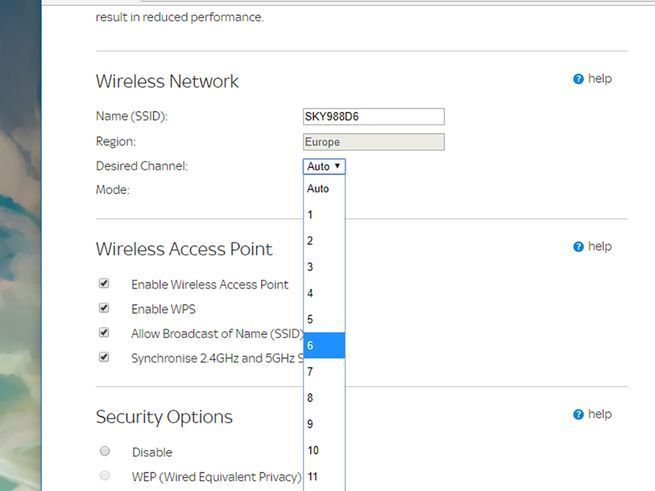 Here’s another trick to try with a slow router: Change the wireless channel it uses. This means slightly adjusting the wireless frequency that your internet signals are broadcast on. Your router should have a setting that lets you modify the channel under a heading like Wireless or Advanced. If you can’t find it immediately, look up the instructions online or in the router manual.
Here’s another trick to try with a slow router: Change the wireless channel it uses. This means slightly adjusting the wireless frequency that your internet signals are broadcast on. Your router should have a setting that lets you modify the channel under a heading like Wireless or Advanced. If you can’t find it immediately, look up the instructions online or in the router manual.
Most routers use channel 6 by default. Change this to 1 or 11 (to minimize interference with channel 6), and you might notice an uptick in Wi-Fi performance. All of your connected devices will also have to adjust their channels, but the majority of your gear will do this automatically, with no need to adjust the Wi-Fi name or password. You might have to play around with some trial and error before you arrive at the best channel, but stick to 1, 6, or 11 for the best chance of getting the fastest speeds.
In a related trick, some more advanced routers offer two frequency bands: the standard 2.4GHz band and the faster 5GHz band. These bands follow the same principle as the channels mentioned above, but when you switch bands, you’re shifting the frequency much further. That means that Wi-Fi-enabled devices you connect to different bands won’t interfere with each other.
If your router supports dual bands (check your model’s documentation for details), you’ll usually see two different Wi-Fi networks you can connect to. Divide your devices across both networks, depending on the speed and range each piece of hardware needs from your Wi-Fi. For example, the 5GHz band typically offers faster speeds but shorter range, so devices closer to your router should use that one. It’ll stream your Spotify tunes more reliably to your games console, but it’s not as good at blasting through walls and doors as the older 2.4GHz standard. Use the latter for devices that you move around your home, such as phones, or that are located farther away from the router.
You need an 802.11a, 802.11n, 802.11ac or 802.11ad dual-band router to make use of the 5GHz band. Most routers sold in recent years do support these standards. On either band, if you’re getting sub-optimal Wi-Fi speeds and seeing buffering wheels more often than you’d like, you can still change the wireless channel used in the 5GHz range or the 2.4GHz one. Check out your router’s help pages for more information on your options.
Control the bandwidth
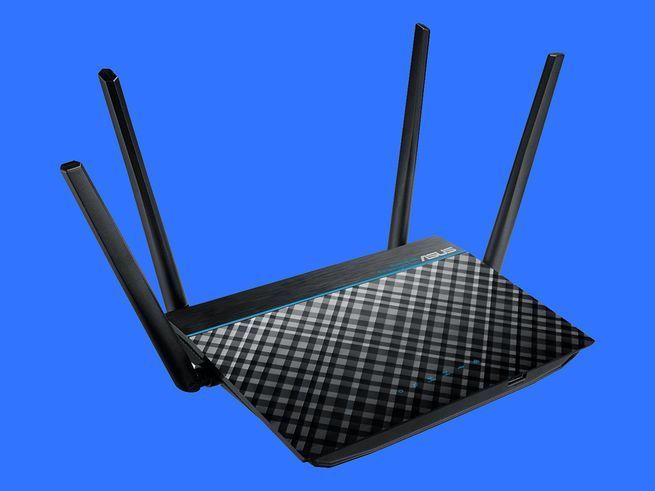 Internet use can quickly eat up the available bandwidth, especially on slow connections or those shared among multiple people. So if you’re struggling to get a decent speed, try investigating what else is happening on your network. For example, running Netflix alongside Hulu while you take multiple video calls probably isn’t the best way to maximize your streaming speed.
Internet use can quickly eat up the available bandwidth, especially on slow connections or those shared among multiple people. So if you’re struggling to get a decent speed, try investigating what else is happening on your network. For example, running Netflix alongside Hulu while you take multiple video calls probably isn’t the best way to maximize your streaming speed.
You can visit a site like Speedtest.net to identify the speeds you’re currently getting. But taking steps to increase those speeds means you’ll have to patrol the specific use of your home Wi-Fi network—which is up to you and the people you live with. The easiest solution for maximum speeds is turning off devices not currently in use. This not only saves money on your energy bill, but also makes sure that those computers, 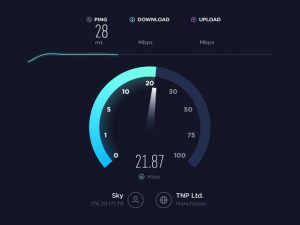 televisions, and tablets can’t possibly be wasting the bandwidth that you need for another application.
televisions, and tablets can’t possibly be wasting the bandwidth that you need for another application.
At the same time, you want to make sure no unwelcome visitors or invasive neighbors are lurking on your home network. Your router should have come with Wi-Fi password protection already enabled. Changing this password on a regular basis—not to mention keeping it secret—will help keep your network to yourself and your invited guests. We’ve covered some other tips for this in a guide to keeping others off your Wi-Fi.
Another option is to specify which internet uses you value most. Some routers include a feature called Quality of Service, or QoS, that lets you prioritize certain applications (like Netflix) or types of content (like video) over others. You could use it to make sure your video calls stay stable even if that makes the Spotify stream spotty. Some routers also let you prioritize certain devices (say your computer) over others (say your roommate’s). If your router has a QoS feature, look on the manufacturer’s website or in the supplied manual for instructions on setting it up and telling the router what you’d like to prioritize.
Avoid the fish tank
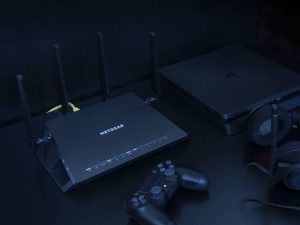 Plenty of innocuous household objects will slow down your Wi-Fi—including the water inside fish tanks. Now you know why your laptop never gets a signal when it’s behind the aquarium in your study aquarium. Even if you keep a fish-free home, try moving your furniture to put as few objects (including walls) as possible between your devices and your router.
Plenty of innocuous household objects will slow down your Wi-Fi—including the water inside fish tanks. Now you know why your laptop never gets a signal when it’s behind the aquarium in your study aquarium. Even if you keep a fish-free home, try moving your furniture to put as few objects (including walls) as possible between your devices and your router.
In addition to bulky objects, anything that emits a wireless signal can interfere with the Wi-Fi your router broadcasts. That includes wireless baby monitors, wireless landline phones, microwaves, Bluetooth keyboards and mice, and even string lights. All of them generate electromagnetic interference that can reduce your upload and download speeds. In most cases, the disruption should be minimal, but it’s worth bearing in mind if you’re experiencing problems. Rearranging the aforementioned items can help, and if that solution is inconvenient, switch your router to its 5GHz channel: Most microwaves and other wireless gear use the 2.4GHz frequency, so the higher band should have less congestion.
Addendum: Don’t forget that many “Smart” appliances use wifi at 2.4GHz frequency spectrum. On our coach, our TV, Stereo system and DVR are all using 2.4GHz wifi. On top of that, our refrigerator, onboard power system, dash cams, trailer camera and microwave all report using wifi. I also have two cameras and one video camera that use wifi. So, it is a lot more than just computers, iPads, iPhones and iPods.



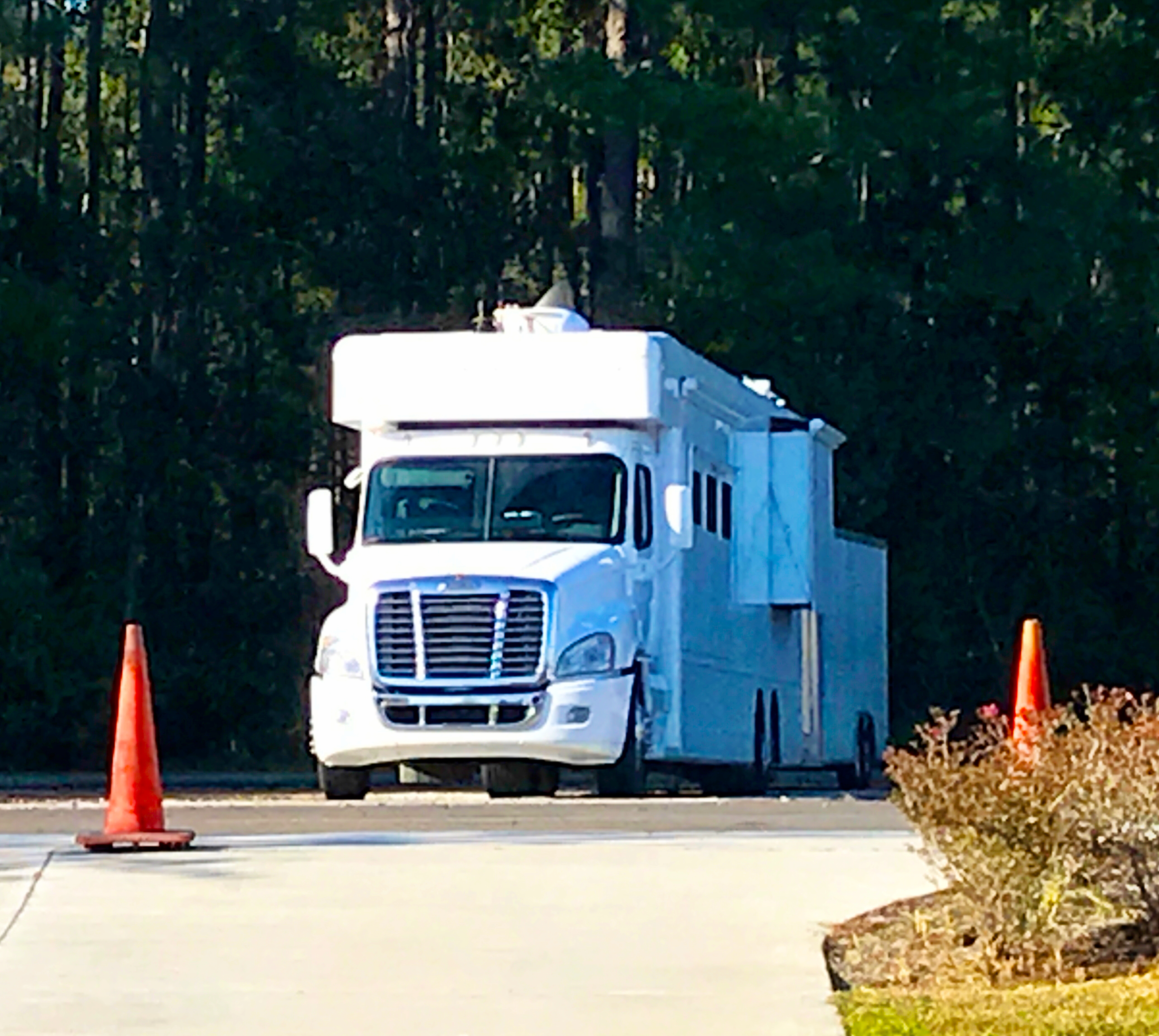

Be the first to comment